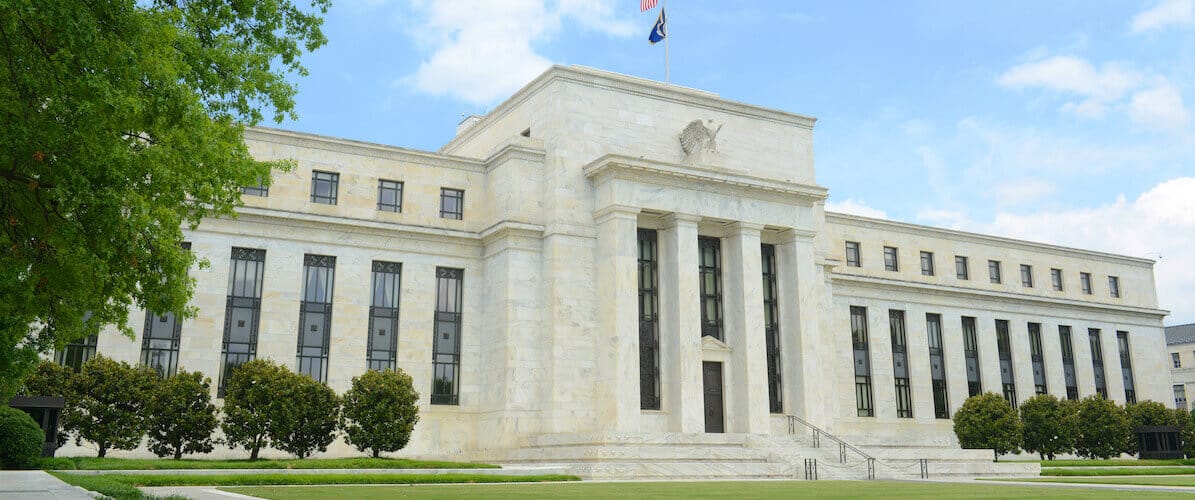WHY RISING YEN POSES A GLOBAL THREAT -- UNWINDING THE CARRY TRADE -- SHORT-TERM OVERSOLD CONDITION STABILIZES US MARKET --BUT DOWNSIDE RISK STILL REMAINS
YEN RALLIES AGAINST ALL MAJOR CURRENCIES ... In the middle of Tuesday's global selloff, I showed bond prices rising as stocks were selling off. I mentioned that falling U.S. yields were hurting the U.S. Dollar, especially against the Japanese yen which had rallied to a new six-week high. One of our readers asked why the yen was rising so fast. Good question. And one that has global traders very nervous. Which brings us to the famous "yen carry trade" which has attracted a lot of media attention this week. And for good reason. What's gotten everyone's attention is the fact that the yen jumped sharply against all of the world's major currencies. The biggest gain has come against North American currencies -- the U.S. and Canadian Dollars (Charts 1 and 2). But the yen has also risen against the Australian Dollar (Chart 3), the British Pound (Chart 4) and the Euro (Chart 5). Global traders have been borrowing the yen at low rates and using it to invest in higher-yield markets elsewhere. In other words, they've been selling the yen and buying other currencies. The falling yen has helped provide the liquidity that's fueled the global stock market rally. A sudden rise in the yen could have the opposite effect.
There may be technical reasons why the yen is starting to jump.

Chart 1

Chart 2

Chart 3

Chart 4

Chart 5
HIGH YIELD CURRENCIES HAVE REACHED MAJOR RESISTANCE BARRIERS... Two of the world's highest-yielding currencies, and two of the strongest performers over the last six years, have been the British Pound (Chart 6) and the Australian Dollar (Chart 7). The monthly charts show, however, that both have reached major chart resistance. The pound is up against its early 1990 highs, while the Aussie Dollar has reached its 1996 high. Those would be logical spots to expect some profit-taking. Let's bring the Japanese yen back into the equation.

Chart 6

Chart 7
YEN/EURO IS IN MAJOR SUPPORT AREA AND OVERSOLD... Charts 6 and 7 show the Pound and Aussie Dollar versus the U.S. Dollar. Our main concern here is the relationship between the world's strongest currencies and the Japanese yen. Since 2000, the world's strongest currency has been the Euro (followed by the Swiss Franc, Canadian and Aussie Dollars, and the British Pound. The yen has been the weakest global currency). Chart 8 measures the yen against the Euro (XJY:XEU ratio). The yen has been falling against the Euro (and all other currencies) since 2000. The Yen:Euro ratio, however, has reached a major support level at its 1998 lows and is in oversold territory as measured by the monthly stochastic lines. Purely on technical grounds, this would be a logical time to start reversing the "yen carry trade" that's existed for seven years. In other words, it may be time for the yen to start rising against the world's major currencies (including the Dollar). Chart 9 shows that the yen is bouncing off a nine-year support line (versus the U.S. Dollar). The monthly stochastic lines are turning up from oversold territory. The yen may be done with "carrying" the rest of the world's markets. That's why everyone is very nervous about the bouncing yen.

Chart 8

Chart 9
OVERSOLD DOW STABILIZES... After an early selloff, the Dow and the rest of the market stabilized. Not enough to push it into the black. But enough to keep losses on the small side. Part of the reason for the stability is the presence of some chart support at the late November intra-day low at 12072 and a short-term oversold condition. On Tuesday, I suggested that the hourly bars showed an oversold condition and the likelihood for a relief bounce of some type. Chart 10 shows that the 9-day RSI line has also reached oversold territory. That doesn't mean that the market is out of the woods. But it helps explain why the market held relatively steady today. The hourly bars in Chart 12 really put the Dow under a microscope. On Tuesday, I used Fibonacci retracement lines to identify a couple of downside Dow targets. Let's use the same approach to find some overhead resistance levels. Intial resistance for the Dow Diamonds (DIA) is at 123.47 level, which is approximately a 38% recovery of Tuesday's losses. If it can get through that, more resistance lurks in the 124-125 region (bounces of 50% to 62% of Tuesday's fall). I point this out because I'm not convinced that the downturn is over. The market is entitled to a bounce. It's what happens after that has me concerned. In an uptrend, the mantra is to "buy dips". At the moment, I'm more inclined to "sell into bounces". Chart 12 shows the Dow giving a p&f sell signal on Tuesday at 12500. A close at 12050 or lower would resume its intermediate downtrend. If that happens, the Dow could drop to the rising (blue) support line (near 11750) which is 50% retracement of its six-month rally.

Chart 10

Chart 11

Chart 12










